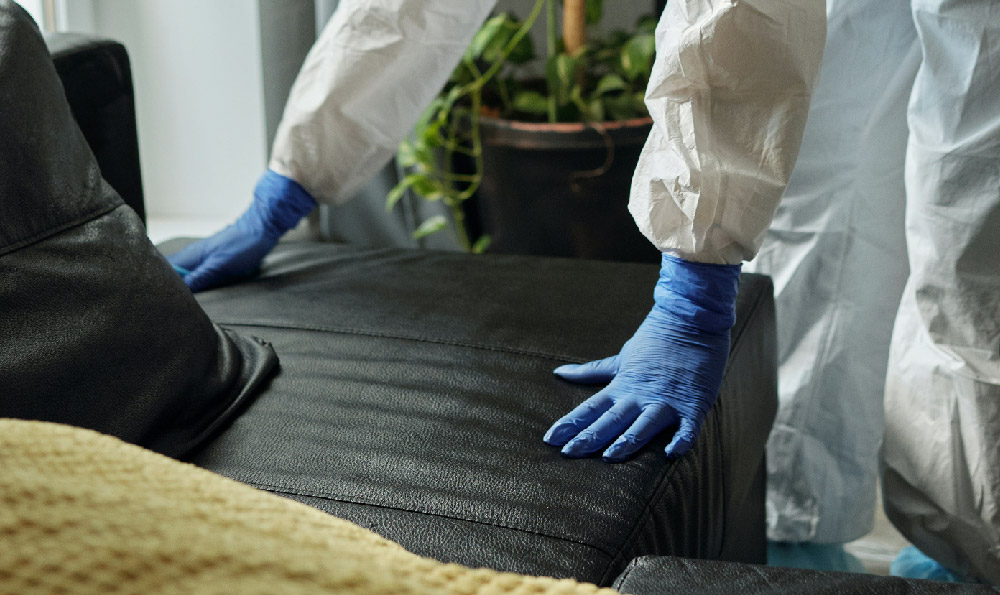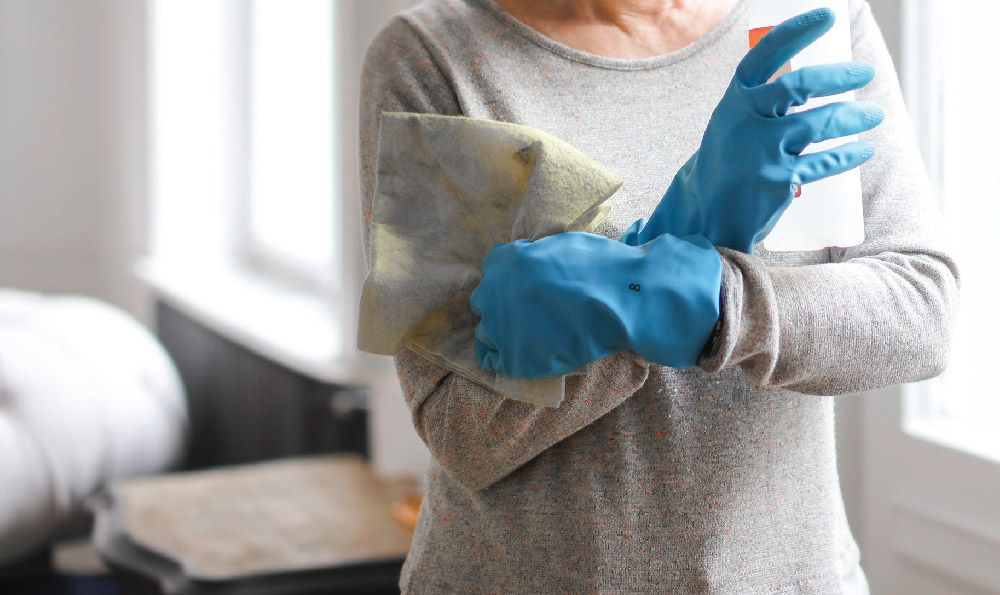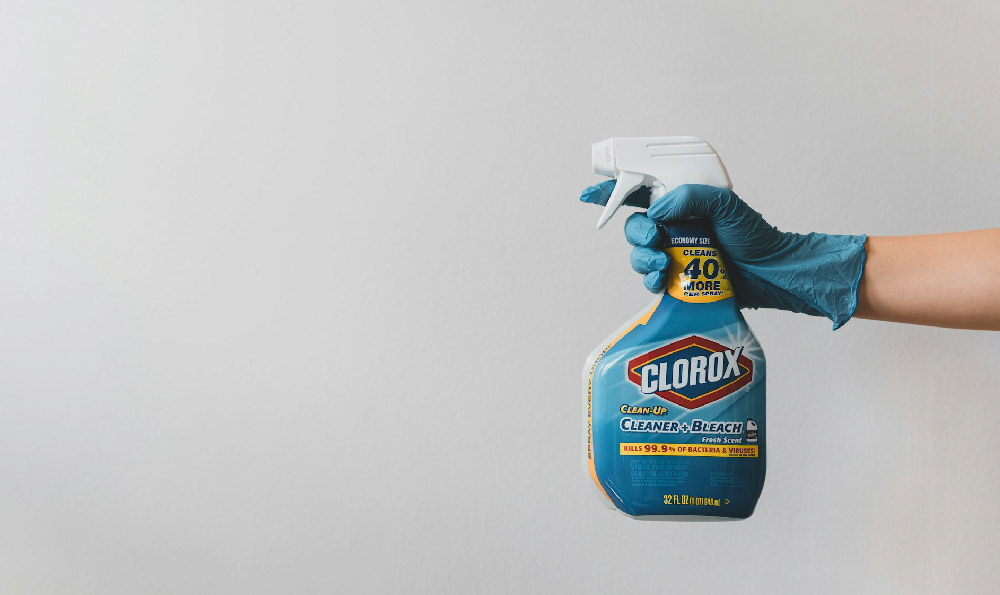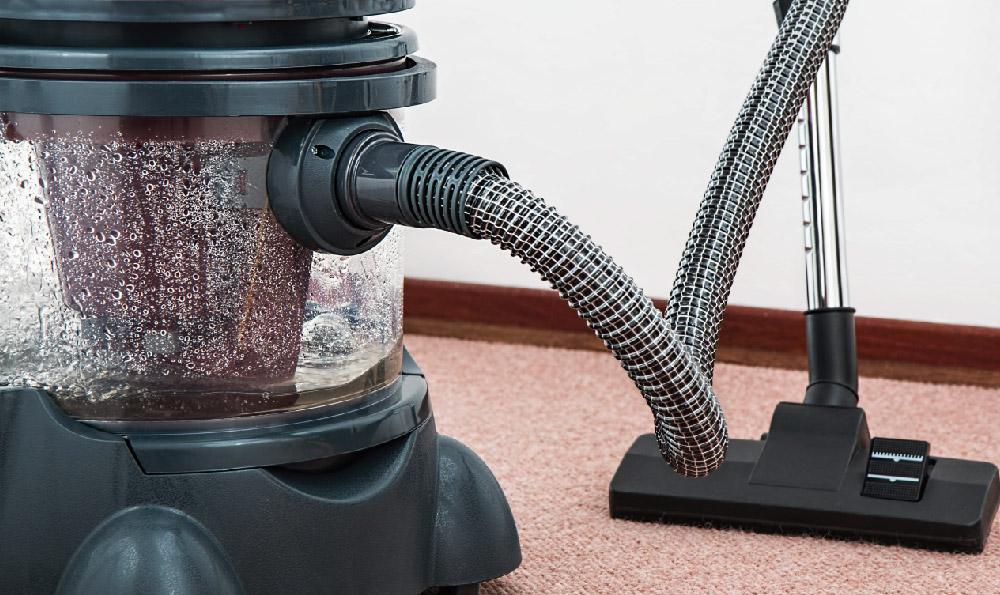
舒肝颗粒板甲醛是一种常见的建筑材料,而板甲醛的挥发速度是人们关注的焦点之一。本文将通过定义、分类、举例和比较等方法,客观、专业、清晰和系统地阐述舒肝颗粒板甲醛及其挥发速度的相关知识。
一、舒肝颗粒板甲醛的定义
舒肝颗粒板甲醛是一种由木质纤维和醛胺树脂组成的板材,常用于家具制造和室内装修。其特点是质地坚实,耐磨、耐冲击,同时也具备较高的抗水性。
二、板甲醛挥发的分类
根据板甲醛挥发的速度,可以将其分为快挥发型、中挥发型和慢挥发型。快挥发型指板甲醛在一段较短的时间内大量挥发;中挥发型指板甲醛在中等的时间范围内逐渐挥发;慢挥发型指板甲醛在较长的时间内缓慢挥发。
三、舒肝颗粒板甲醛挥发的时间
舒肝颗粒板甲醛挥发的时间因其所属的挥发型而有所不同。通常情况下,舒肝颗粒板甲醛属于中挥发型,其挥发时间相对较长。具体来说,根据实验数据,舒肝颗粒板甲醛的挥发时间大约在3-5年左右。这意味着,在购买并安装舒肝颗粒板甲醛后,消费者需要等待相当长的时间以确保其甲醛含量达到较低水平。
四、其他类型板材与舒肝颗粒板甲醛挥发的比较
与其他类型的板材相比,舒肝颗粒板甲醛的挥发速度相对较慢。举例来说,刨花板是一种常用的人造板材,也存在甲醛挥发的问题。根据实验数据,刨花板的甲醛挥发时间通常在1-3年之间。与之相比,舒肝颗粒板甲醛的挥发时间更长,这意味着在甲醛挥发速度上,舒肝颗粒板甲醛相对较为安全可靠。
舒肝颗粒板甲醛的挥发速度是建筑材料选择中的重要考量因素之一。本文通过定义、分类、举例和比较等方法,客观、专业、清晰和系统地阐述了舒肝颗粒板甲醛以及其挥发速度的相关知识。舒肝颗粒板甲醛相对于其他类型的板材来说,挥发速度较慢,消费者在选择建材时可参考这一特点来做出合适的决策。
密度板甲醛30年还释放
密度板是一种常见的建筑材料,广泛应用于家具、地板、装饰板等领域。密度板中的甲醛释放问题一直备受关注。尽管经过30年的发展,密度板厂家在生产工艺和材料选择上已经做出了很大努力,但仍然存在甲醛释放的情况。本篇文章将从定义、分类、举例和比较等方面来阐述密度板甲醛释放的相关知识。

密度板是一种由木材颗粒通过机械压缩和热压胶合而成的板材,具有优异的物理性能和加工性能。密度板中的甲醛释放问题一直是困扰行业和消费者的难题,尽管厂家已经采取了多种措施来减少甲醛含量,但长期使用后仍有可能释放出甲醛,给人们的健康带来潜在风险。
甲醛是一种有毒有害物质,常常作为胶粘剂在木材制品中使用,包括密度板。甲醛在密度板中的存在主要是由于木材颗粒与胶粘剂反应而产生的。密度板甲醛释放指的是该板材在特定条件下释放出的甲醛含量。
根据甲醛释放的严重程度,密度板可以分为三类。第一类是低甲醛释放密度板,其甲醛释放量在国家标准规定范围内,对人体健康基本没有影响。第二类是中甲醛释放密度板,其甲醛释放量略高于国家标准,部分人可能对其产生过敏反应。第三类是高甲醛释放密度板,其甲醛释放量明显超过国家标准,对人体健康造成严重威胁。
【举例】
举例来说,一些低价位的密度板产品往往使用质量较差的胶粘剂,导致甲醛释放量超出标准。而一些大型和知名厂家则采用了更先进的生产工艺和高质量的胶粘剂,其甲醛释放量可以控制在标准范围内。即使是优质的密度板,在长时间使用后仍有可能释放出甲醛,这是由于甲醛分子需要时间渗透和挥发出来。
【比较】
与其他木材制品相比,密度板的甲醛释放问题相对较为突出。这是因为密度板的表面积相对较大,胶粘剂与木材颗粒相接触的面积较多,从而导致甲醛释放的潜在问题。而实木家具、实木地板等只有木材自身的甲醛释放,相对较低。对于追求健康环保的消费者来说,选择实木制品可能是一个更好的选择。
尽管密度板甲醛释放问题仍然存在,但随着技术的进步和监管的加强,越来越多的厂家已经意识到了这个问题的重要性,纷纷采取措施来减少甲醛释放量。消费者在选购密度板产品时应选择质量可靠的厂家和具有相应认证的产品,同时也要注意密度板的使用环境和通风状况,以减少甲醛释放对健康的潜在影响。只有在全社会的共同努力下,才能实现密度板甲醛问题的彻底解决。
【参考译文】
Density Board Formaldehyde Emission Continues for 30 Years
Density board is a common building material widely used in furniture, flooring, decorative panels, and other fields. However, the issue of formaldehyde emission from density boards has always been a concern. Despite the efforts made by manufacturers in production processes and material selection over the past 30 years, formaldehyde emission still exists. This article will elaborate on the relevant knowledge of formaldehyde emission from density boards using methods such as definition, classification, examples, and comparisons.
[Introduction]
Density board is a type of board made by compressing and hot pressing wood particles, which has excellent physical and processing properties. However, the issue of formaldehyde emission from density boards has been a persistent problem in the industry and for consumers. Despite the measures taken by manufacturers to reduce formaldehyde content, there is still a possibility of formaldehyde emission after long-term use, posing potential health risks.
[Main Body]
[Definition]
Formaldehyde is a toxic and harmful substance often used as an adhesive in wood products, including density boards. The presence of formaldehyde in density boards is mainly due to the reaction between wood particles and adhesives. Therefore, formaldehyde emission from density boards refers to the formaldehyde content released under specific conditions.
[Classification]
According to the severity of formaldehyde emission, density boards can be divided into three categories. The first category is low formaldehyde emission density boards, with formaldehyde emissions within the national standard range and no significant impact on human health. The second category is medium formaldehyde emission density boards, with slightly higher formaldehyde emissions than the national standard, which may cause allergic reactions in some individuals. The third category is high formaldehyde emission density boards, with formaldehyde emissions significantly exceeding the national standard, posing a serious threat to human health.
[Examples]
For example, some low-priced density board products often use poor-quality adhesives, resulting in formaldehyde emissions exceeding the standard. On the other hand, large and well-known manufacturers adopt advanced production processes and high-quality adhesives, which can control formaldehyde emissions within the standard range. However, even with high-quality density boards, formaldehyde can still be released after long-term use due to the time required for formaldehyde molecules to penetrate and volatilize.
[Comparison]
Compared to other wood products, the issue of formaldehyde emission from density boards is relatively prominent. This is because the surface area of density boards is relatively large, and there is a larger contact area between adhesives and wood particles, leading to potential formaldehyde emission issues. In contrast, solid wood furniture, wooden flooring, and other products only have formaldehyde emission from the wood itself, which is relatively low. Therefore, for consumers pursuing health and environmental protection, choosing solid wood products may be a better choice.
[Conclusion]
Although the issue of formaldehyde emission from density boards still exists, more and more manufacturers have realized the importance of this issue and taken measures to reduce formaldehyde emissions with the progress of technology and strengthened regulations. When purchasing density board products, consumers should choose reliable manufacturers and certified products. They should also pay attention to the usage environment and ventilation conditions of density boards to reduce the potential impact of formaldehyde emissions on health. Only through the joint efforts of society can we achieve a thorough solution to the problem of formaldehyde emission from density boards.
刨花板甲醛要多久挥发
刨花板是一种常见的建筑材料,它由木屑经过加工而成,具有良好的抗压性能和装饰性。刨花板中可能含有甲醛等有害物质,这对人体健康产生潜在的危害。刨花板中的甲醛要经过多久的时间才能完全挥发?本文将从定义、分类、举例和比较等方面,客观、专业、清晰和系统地阐述“刨花板甲醛要多久挥发”的相关知识。

刨花板是一种由木屑经加工制成的人造板材,广泛应用于建筑、家具和装饰等领域。而甲醛是一种有毒有害物质,常用于胶合剂中,使刨花板能够粘结在一起。刨花板中的甲醛主要来源于胶合剂。
根据甲醛挥发速度的不同,刨花板可以分为低甲醛板、中甲醛板和高甲醛板。低甲醛板指的是甲醛含量在国家标准规定范围内,甲醛挥发速度较慢;中甲醛板指的是甲醛含量超出国家标准,但低于高甲醛板,甲醛挥发速度适中;高甲醛板指的是甲醛含量超出国家标准,且甲醛挥发速度较快。
【举例】
以低甲醛板为例,一般情况下,刨花板中的甲醛挥发速度主要取决于以下几个因素:板材的密度、环境温湿度、通风条件和时间等。当刨花板密度较高时,其内部甲醛释放速度较慢,挥发时间相对较长;而在潮湿的环境中,甲醛挥发速度会加快,相应的挥发时间可能会缩短。
【比较】
相对而言,低甲醛板比中甲醛板和高甲醛板对人体健康的影响较小。因为低甲醛板的甲醛含量在国家标准范围内,甲醛挥发速度较慢,对室内空气的污染程度较低。而中甲醛板和高甲醛板的甲醛含量超出国家标准,甲醛挥发速度较快,对人体健康的危害较大。
刨花板中的甲醛挥发时间取决于多个因素,如板材密度、环境温湿度、通风条件和时间等。不同类型的刨花板其甲醛挥发速度也有所不同,低甲醛板对人体健康的影响相对较小。在选择刨花板时,消费者应尽量选择低甲醛板,并在安装后充分通风,以减少甲醛对室内空气质量的影响。













